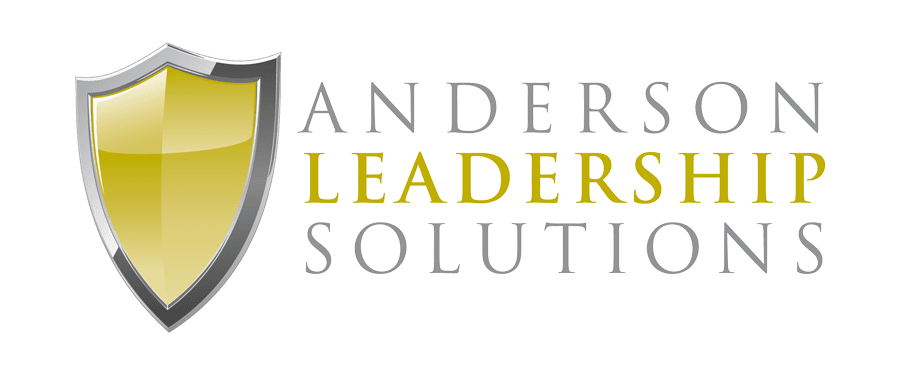New Leaders On New Teams: Step 3
When a new leader steps onto a new team, they have one chance to get it right. I got it right sometimes and other times I didn’t. The effort I put in up front always paid off later in better relationships and more productive teams.
Over the last two weeks I focused on what to a new leader taking over a new team needs to do in preparation for their first team meeting. I believe there are 5 Steps for New Leaders On New Teams:
- Communicate With The Previous Leader
- Meet Face to Face With The Influence Leaders
- Bring The Team Together Physically
- Build Trust With The Team
- Bring The Team Together Culturally
Step 3: Bring The Team Together Physically
What should my priorities be? Where should the meeting be? How long should the meeting be? Will I be able to connect with them and get buy-in? These are the questions that ran through my mind each time I accepted a new position of leadership.
The first meeting is always the hardest to plan because it needs to be the most flexible. I don’t know my people or their needs well. So, how can I know exactly how the meeting should go?
This type of meeting is very difficult for me. If you asked anyone who worked for me in the last 20 years, they’d tell you I ran a pretty tight meeting. We never went late and we always left with action items and a follow-up plan. But, initial team meetings are different.
Always Plan For More Time Than You Think You Need
I always blocked out a day for this meeting. Some of your eyes just rolled back into your heads. I did not say I had a whole day meeting. I said I blocked out a full day. There is a difference. So what’s the point of blocking out the full day?
- It gives weight to the meeting in the eyes of everyone.
- It allows for free flowing conversations and ideas.
- No one is looking at their watches anticipating other meetings that day.
- It allows me to under promise and over deliver on Day 1 when I let them out early.
- It gives individuals who want more time with me the opportunity to catch me 1 on 1 after the meeting officially ends. Many times these meetings after the meeting happen over a cold drink or appetizers before heading home for dinner.
Always Have The Meeting At A Neutral Site
I want people away from the urgency and current demands that may be piled on their desk. Choosing a hotel conference room or a back room in a local restaurant or country club sets everyone at ease. It is not my turf or their turf.
- A neutral site again makes the point that this is not just another meeting.
- People tend to open up more because they are more relaxed in a neutral site.
- When the meeting is done. It is done. There is no feeling that they must go back to their office. That is their choice.
Spend More Time Listening Than Speaking
My dad used to tell me, “God gave you two ears and one mouth. Use them proportionately.” There is no better advice for this first meeting than that.
I always strived for the first half of the meeting to be 90% about what the team had to say, and not about me. How?
- I celebrate who they are as a team and what they have done. I speak about their contributions to the organization to date.
- We conduct a Start, Stop and Continue workshop led by an influence leader. In most cases, I leave the room to allow for more honest feedback without fear or posturing.
- Start: What does the team want to begin happening that is not happening now?
- Stop: What does the team want to see stop?
- Continue: What does the team like and want to see continue?
When I return to the room, the influence leader brief’s me on the discussion. I use this time to ask clarifying questions and take detailed notes in front of the whole team.
I often find three things that build unity and trust in this process:
- There are great ideas from the team that we can implement that will add productivity.
- I can quickly eliminate activities like manager required reports that do not add to productivity.
- The previous manager may have things in place that I did not know about or that I would have never thought of, that are absolutely brilliant and the team loves.
Pay Attention To Your Influence Leaders
Many times during these meetings, my influence leaders will give me verbal or non-verbal clues as to how they see the team reacting. If I have told them they are my leaders in Step 2, then I better treat them as such and pay attention to them.
At breaks, I always check in with them to get their opinion and to find out about any concerns or praises they are hearing during off line conversations.
These people are my barometer on a new team. If they give me their buy-in during Step 2, I continue to lean on them during and after this initial team meeting.
The Bottom Line:
As the newest member of the team, I have one chance to make my first impression. My goal in this first meeting is to begin the relationship between leader and team on a positive note.
This meeting is a huge step towards building trust with the team. Building Trust is Step 4 in the process. I will cover that next week.
Question:
In your experience what have leaders done during initial meetings that have hurt them long term?

